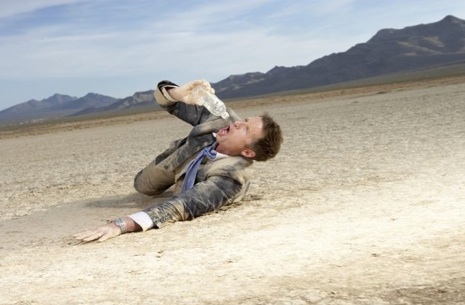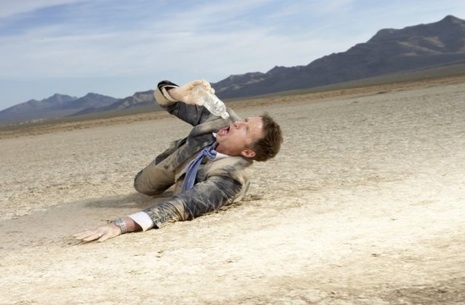 Less than six months after northern Nevada emerged from the coldest winter on record the region may now be heading into a record long and potentially fatal heat wave.
Less than six months after northern Nevada emerged from the coldest winter on record the region may now be heading into a record long and potentially fatal heat wave.
As early as May meteorologists were warning that this summer could well be the hottest longest ever experienced in the western United States since the white settlement began 200 years ago. Less than two weeks into summer it appears the forecast was right.
Since late June temperatures have hovered in the 90’s and often breaking the 100 degree mark with little respite and according to forecast there will little if any break in the heat wave until September.
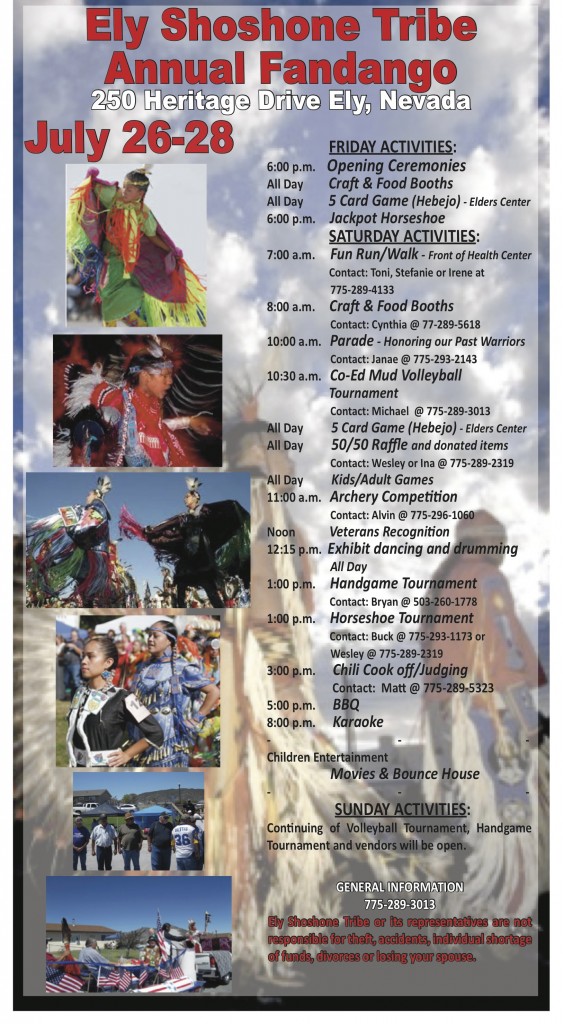 The predicted length of the heat is a direct inverse of last winter’s cold snap. From late December 2012 to late February 2013 the temperature rose above freezing only twice.
The predicted length of the heat is a direct inverse of last winter’s cold snap. From late December 2012 to late February 2013 the temperature rose above freezing only twice.
Locally 60 day deep freeze caused hundreds of thousands of dollars cold related damages from burst pipes. Three local fatalities were also linked to the arctic conditions.
It is the length of the expected heat wave rather than the occasional record breaking temperature that poses the most threat to health.
“Nighttime heat is especially bad,” said Eli Jacks, chief of fire and public weather services at the National Weather Service. “Not to get below 90 is crazy.”
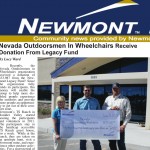
“If you aren’t in an air-conditioned place, your body never has a chance to recover at night,” Jacks said. “Normally the feels-like index – which factors in temperature and humidity – has to get to 80 degrees or below for your body to recover from the daytime heat.”
“Drink lots of water; the dry heat in the Southwest evaporates sweat so quickly that people don’t notice they are perspiring and get dehydrated more quickly,” Jacks said. “Stay in the shade and out of the heat between 10 a.m. and 4 p.m. Use sunblock of SPF 15 or higher. Wear light-colored clothing and light clothing. Reduce use of caffeine and alcohol, which tend to dehydrate, and slow down.”
The lack of nighttime cooling is more dangerous than the 117 degree all-time record in Las Vegas, experts said.
While extreme cold can cause more damage extreme long term heat can be much more deadly.
On average, heat waves are killing about 117 people a year, according to figures from the National Oceanic and Atmospheric Administration. However, those numbers are incomplete and only based on reports during periods of extreme heat. The much more comprehensive numbers from the Centers for Disease Control and Prevention indicate that on average 658 people die each year from too much heat.
The elderly and children. The elderly make up 36 percent of heat deaths in the past decade, according to the CDC. And of all the excessive heat deaths, 69 percent are men. Also on average, 37 children left in car seats die from heat each year, according to a study at San Francisco State University.
All around northeastern Nevada governments, schools and businesses are already talking precautions.
 In Wendover, football practices have been shortened moved from 6 pm to 8 pm. With most of its workforce in air conditioned casinos heat stroke is not considered a very serious danger. That is not the case in northeastern Nevada gold mines.
In Wendover, football practices have been shortened moved from 6 pm to 8 pm. With most of its workforce in air conditioned casinos heat stroke is not considered a very serious danger. That is not the case in northeastern Nevada gold mines.
According to Newmont Gold Senior External Communications Representative Matt Murray the mining industry has special procedures in place to identify and treat heat related illness before it becomes heat stroke.
However the heat wave this year is already uncharted territory.
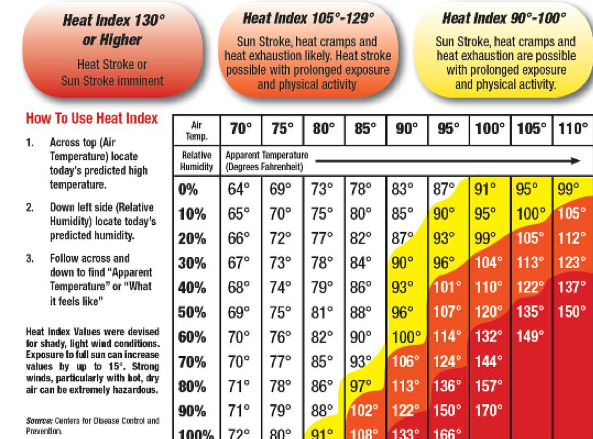 “In the 18 years since I have been here (Elko) it has never stayed this hot for so long.” Murray said.
“In the 18 years since I have been here (Elko) it has never stayed this hot for so long.” Murray said.
The heat has also put wild fire danger in the extreme category throughout Nevada. There are more than half a dozen of small wild fires already burning in Nevada and as summer continues more are certain while the danger of a mega wild fire like those of 2008 grows more distinct.
“Part of it is normal summer heat spurts, said meteorologist Kenneth James of the Weather Prediction Center in College Park, Md. But there’s another factor and that’s the jet stream. “Normally the jet stream moves generally west-to-east, but when it slows and swings dramatically to the north or south, extreme weather can happen.
“What’s happening now is a really big kink in the jet stream, about as big as you can see anytime, covering the whole western U.S.,” said heat wave expert Ken Kunkel, a professor of atmospheric sciences at North Carolina State University. “To the west of the kink, in Arizona and Nevada, there’s a high pressure system just parked there with stagnant heat, Kunkel said. And to its east are cool – even record cool – temperatures in Texas,” he said.
